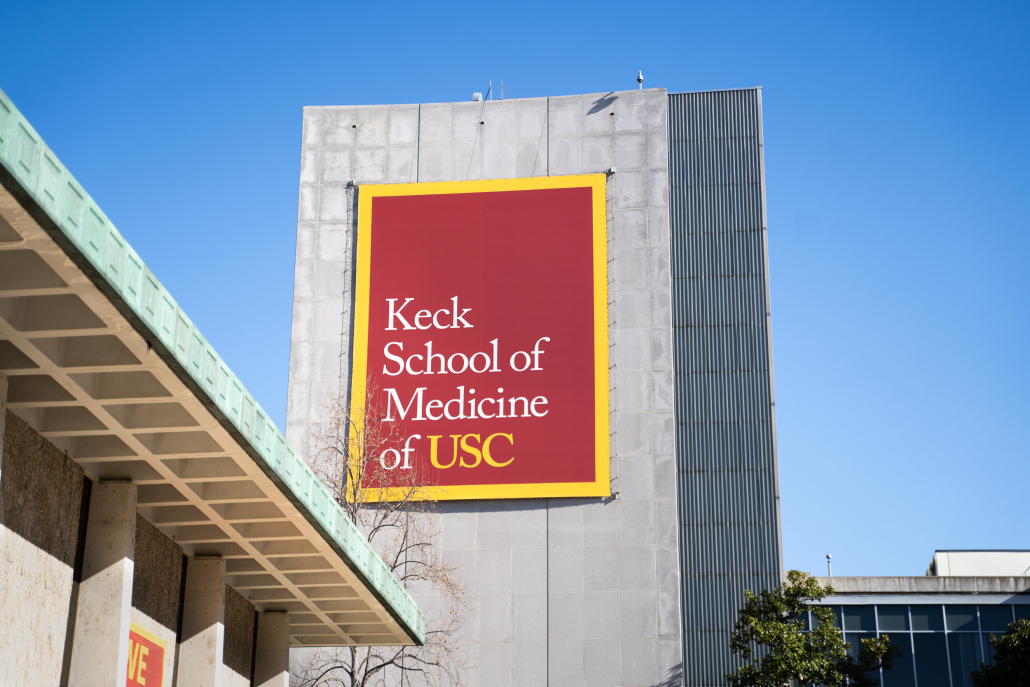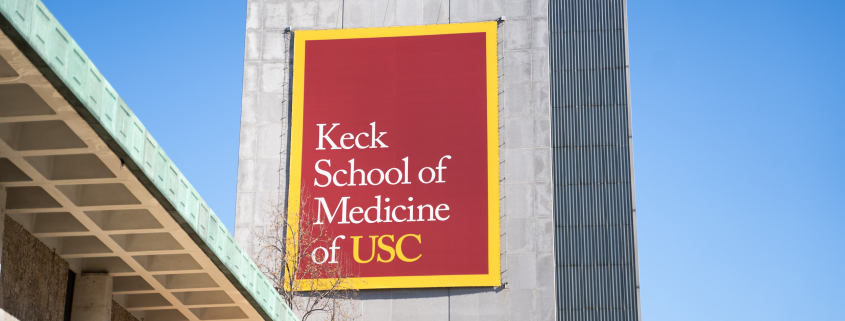Coronavirus positivity rates plateau

As USC enters its third week of the Fall 2021 semester, University health officials are encouraged by the plateau in coronavirus positivity trends and daily case counts.
Of the record 31,577 tests administered last week, 143 students and nine employees tested positive for the coronavirus. The positivity rate among students increased slightly to 0.5% and declined to 0.7% among employees. The positivity trends continue to stand lower in comparison to L.A. County’s positivity average of 2.42% and California’s rate of 4.9%
According to USC Chief Health Officer Dr. Sarah Van Orman, high vaccination rates, mask mandates and surveillance testing are health protocols slowing the rates of transmission within the USC community.
“What we’re really happy to see is we’re not seeing a surge in cases and we’re not seeing an increase in prevalence,” Van Orman said. “So right now we’re at a sort of a plateau in terms of the daily cases, weekly cases and prevalence and that really is encouraging.”
With 91% of undergraduate classes being conducted fully in-person, some students and staff shared concerns over the risk of exposure and transmission in the classroom setting. However, Van Orman said she has not seen any evidence of outbreaks due to classes.
“We have not seen any outbreaks associated with classrooms, which is good [and] which is of course what we’re looking for,” Van Orman said.
According to Van Orman, the majority of confirmed cases reported last week were due to community spread, which is now happening between students in locations outside of classrooms, such as social gatherings and households.
“The majority of cases we’re seeing are still sort of what we would call community spread, meaning they’re not associated with known outbreaks,” Van Orman said. “We have seen clusters or outbreaks associated with social gatherings, households but nothing associated with classroom settings.”
Van Orman said the updated trends are “encouraging” but emphasized a sense of caution in the days and weeks ahead.
“That’s really what we’re going to be watching for in particular over the next week because we are really concerned about two weeks after everybody comes back,” Van Orman said. “The coming days will tell us if we start to see that prevalence start to increase––for that percent positivity to increase.”
With 160 students actively under a period of isolation at the USC Hotel after testing positive for the coronavirus, the number of available USC-sponsored rooms continues to shrink. According to the USC Coronavirus Dashboard, 54 spaces remain available for positive patients –– a sharp decline from the 187 available spaces that were open last week.
While Van Orman hopes the USC Hotel will remain an adequate place to hold coronavirus-infected individuals, she said there is a contingency plan to increase the number of spaces if necessary.
“We also have leased space at a downtown hotel,” Van Orman said. “We’re not putting that on the dashboard yet, but we have a plan to go up to 600 [spaces] if needed,” Van Orman said.
Following reports received by Van Orman’s office that some students are fraudulently presenting their daily Trojan Check wellness assessment through a screenshot or guest pass to enter campus, Van Orman said that her coronavirus team is in the process of meeting Thursday to discuss enhancing enforcement efforts.
“If you are falsifying your Trojan Check, it is a violation of the Student Conduct Code, so you are subject to disciplinary action,” Van Orman said. “It’s really just an ethical violation because it’s part of our community contract about coming back and staying safe.”
In addition, Van Orman cited technological shortages as the reason behind long lines and slowdowns at coronavirus test sites that affected nearly every corner of the USC campus last week.
“It was impacting the testing site lines because we rely on being able to quickly call up somebody and scan them in, and we were getting slowdowns and our own staff wasn’t able to access the records at the testing sites, so it was very much causing a slowdown,” Van Orman said.
However, Van Orman said she is “cautiously optimistic” as the restoration of the Wi-Fi connection announced by Information Technology Services on Monday will troubleshoot campus network issues and resolve the backlogs experienced at some testing sites as well.
“It was the network that was causing the problem, so we do apologize for that,” Van Orman said.“We’re watching it closely, but Tuesday and Wednesday we had no difficulty at all.”
Van Orman said the University has 57,000 testing appointments available every week and encouraged students to schedule their coronavirus tests in advance in order to secure an appointment.
As of Sept. 1, the overall vaccination rate among students, staff and faculty stands at 92%. Van Orman said 2% of the student population have received an approved exemption, and the remaining 6% are partially compliant, meaning they are in between their first and second dose.
USC significantly outperforms local and state vaccination rates that are seen in Los Angeles County and California — 65% and 57%, respectively.
“That’s a really good number. We’re really happy about that number. It’s kind of remarkable –– it’s probably one of the highest numbers you’ll see anywhere,” Van Orman said.

